Intro
Discover the Reserve Officers Training Corps (ROTC) program, a college-based officer commissioning program for the US Armed Forces. Learn how ROTC combines academic and military training, offering scholarships and career opportunities in leadership, management, and tactical operations, preparing students for a life of service and success.
The Reserve Officers' Training Corps (ROTC) is a program that has been a cornerstone of the United States' military leadership development for over a century. For many young men and women, ROTC has provided a pathway to commissioning as an officer in the US Armed Forces, while also pursuing a college degree. But what exactly is ROTC, and how does it work?
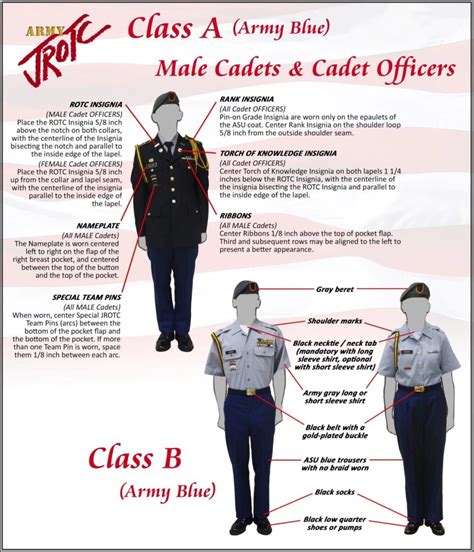
In this article, we'll delve into the world of ROTC, exploring its history, benefits, and what it takes to participate in this esteemed program.
History of ROTC
The Reserve Officers' Training Corps was established in 1916, when President Woodrow Wilson signed the National Defense Act. This act created a reserve component of the US military, with the goal of providing a pool of trained officers in the event of a national emergency. The first ROTC programs were established at colleges and universities across the country, with the aim of preparing young men for military service.
Over the years, ROTC has evolved to meet the changing needs of the US military and society. Today, ROTC programs are offered at over 1,700 institutions of higher learning, with more than 35,000 students participating annually.
How ROTC Works
ROTC is a four-year program that allows students to pursue a college degree while also receiving military training and leadership development. Here's an overview of how the program works:
- Students apply for and are accepted into an ROTC program at a participating college or university.
- During their freshman and sophomore years, students take ROTC classes and participate in leadership labs and field training exercises.
- In their junior and senior years, students take more advanced classes and assume leadership roles within the ROTC program.
- Upon graduation, students are commissioned as officers in the US military, with a commitment to serve for a minimum of four years.

Benefits of ROTC
Participating in an ROTC program offers a wide range of benefits, including:
- Scholarship opportunities: Many ROTC programs offer full-tuition scholarships, as well as monthly stipends and other forms of financial assistance.
- Leadership development: ROTC provides students with hands-on leadership training and experience, which can be valuable in both military and civilian careers.
- Career opportunities: ROTC graduates have a wide range of career opportunities available to them, both within the military and in the civilian sector.
- Camaraderie and esprit de corps: ROTC programs foster a sense of camaraderie and esprit de corps among students, which can last a lifetime.
ROTC Programs by Branch
Each branch of the US military has its own ROTC program, with slightly different requirements and benefits. Here's a brief overview of each program:
- Army ROTC: The Army ROTC program is the largest of the four branches, with programs offered at over 270 colleges and universities.
- Navy ROTC: The Navy ROTC program is offered at over 60 colleges and universities, and provides students with training in naval science and leadership.
- Air Force ROTC: The Air Force ROTC program is offered at over 150 colleges and universities, and provides students with training in aerospace studies and leadership.
- Marine Corps ROTC: The Marine Corps ROTC program is offered at over 40 colleges and universities, and provides students with training in naval science and leadership.
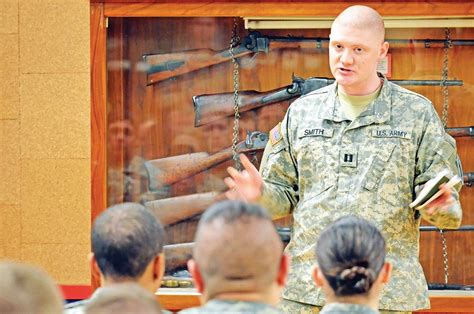
What It Takes to Participate in ROTC
To participate in an ROTC program, students must meet certain eligibility requirements, which vary by branch. Here are some general requirements:
- Citizenship: Students must be US citizens to participate in an ROTC program.
- Age: Students must be between the ages of 17 and 26 to participate in an ROTC program.
- GPA: Students must maintain a minimum GPA of 2.5 to participate in an ROTC program.
- Physical fitness: Students must meet certain physical fitness standards to participate in an ROTC program.
ROTC and STEM Fields
ROTC programs place a strong emphasis on STEM fields (science, technology, engineering, and math), as these fields are critical to the US military's technological superiority. Students pursuing degrees in STEM fields are highly sought after by ROTC programs, and may be eligible for special scholarships and incentives.
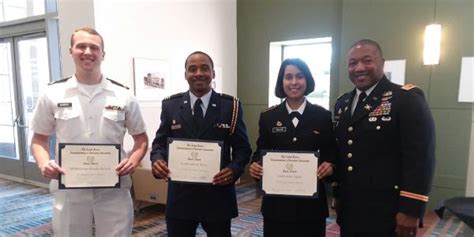
Conclusion
The Reserve Officers' Training Corps is a prestigious program that has been a cornerstone of the US military's leadership development for over a century. By providing students with a college education and military training, ROTC prepares young men and women for careers as officers in the US Armed Forces. With its rich history, emphasis on leadership development, and career opportunities, ROTC is an excellent choice for students looking to serve their country and pursue a challenging and rewarding career.
ROTC Image Gallery
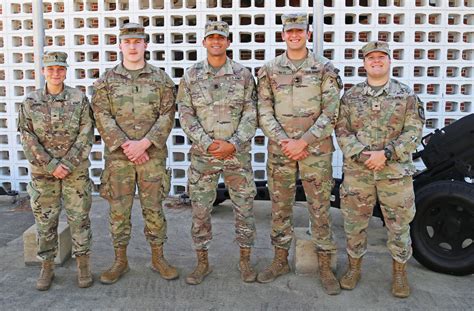
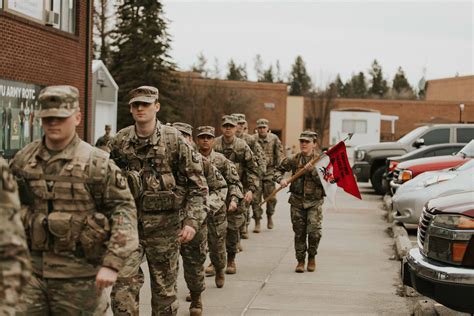
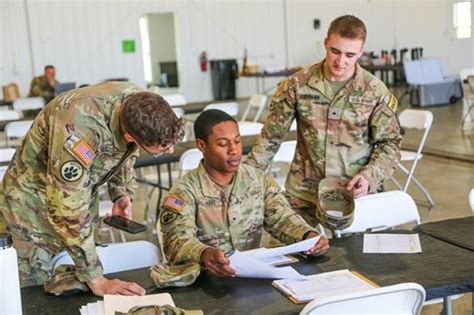
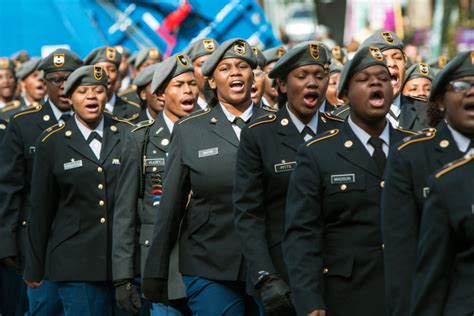
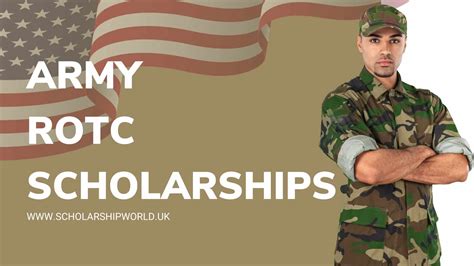
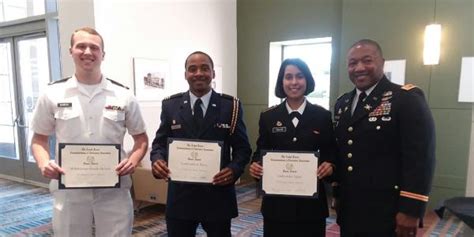
What is the purpose of ROTC?
+The purpose of ROTC is to provide students with a college education and military training, preparing them for careers as officers in the US Armed Forces.
What are the benefits of participating in ROTC?
+Benefits of participating in ROTC include scholarship opportunities, leadership development, career opportunities, and camaraderie and esprit de corps.
What are the eligibility requirements for ROTC?
+Eligibility requirements for ROTC include citizenship, age, GPA, and physical fitness standards, which vary by branch.

